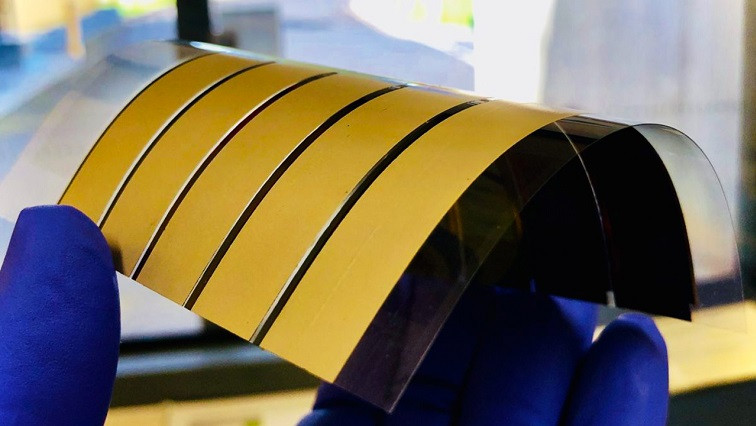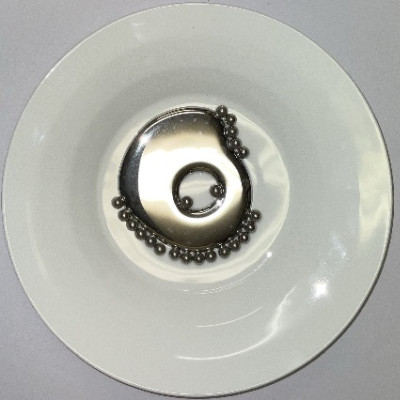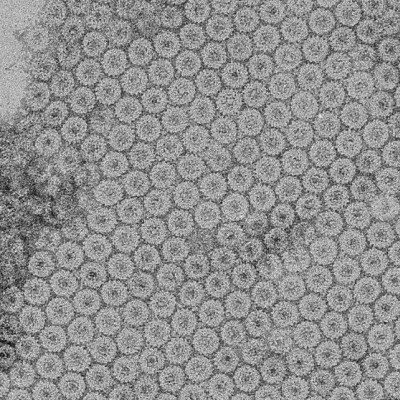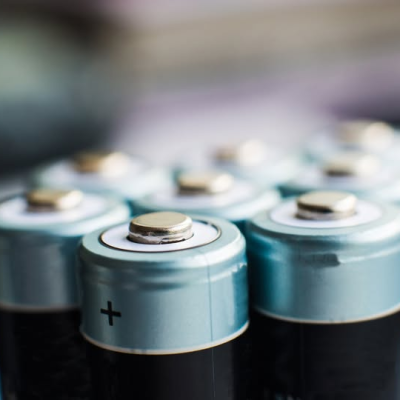Scientists from NREL and the University of Louisville have built an inverted perovskite solar cell with an electron transport layer (ETL) based on yttrium-doped tin oxide (SnO2) nanoparticles.
“The cell is suitable for production, and there is a startup from Louisville – SoFab Inks – that is doing just that,” researcher Thad Druffel told pv magazine. “The was awarded $200,000 from the [US Department of Energy] in the perovskite solar startup challenge.”
The researchers said ETLs based on SnO2 offer low-temperature solution processability, good photostability, high chemical stability, high electronic conductivity, good optical transparency, wide band gap, and favorable band alignment with perovskites.
“Additionally, the wide and tunable optical band gap and deep conduction band (−4.3 eV) of SnO2 result in optimal charge injection,” they said.
They synthesized the yttrium-doped SnO2 nanoparticles to improve their electronic properties while maintaining low-temperature annealing conditions required for the fabrication of perovskite cells on substrates made of Polyethylene terephthalate (PET).
The cell has a p-i-n architecture and an active area of 0.1 cm2. It relies on a flexible substrate made of PET and indium tin oxide (ITO), a hole transport layer (HTL) made of poly-triarylamine (PTAA), an interfacial layer made of the PFN polymer, the perovskite absorber, the yttrium-doped Sno2 ETL, a bathocuproine (BCP) buffer layer, and a silver (Ag) metal contact.
“PTAA, PFN, perovskite, and SnO2 layers were deposited by one-step blade coating methods, whereas BCP and silver were deposited by thermal evaporation,” the academics said.
The group tested several of the cells under standard illumination conditions and found that they achieved a power conversion efficiency of 16.5%, an open-circuit voltage of 1.08 V, a short-circuit current of 22.40 mA/cm2, and a fill factor of 68.4%. As a way of comparison, a reference device with an ETL without yttrium doping reached an efficiency of 14.3%, an open-circuit voltage of 1.01 V, a short-circuit current of 22.40 mA/cm2, and a fill factor of 63.3%.
The scientists attributed the increased performance of the cell to the novel SnO2 ETL design.
“This material possesses minimal cost, scalability, and manufacturing advantages over traditional organic ETLs that could improve the competitiveness of commercial perovskite solar modules,” they concluded.
They introduced the device in “High Performing Inverted Flexible Perovskite Solar Cells via Solution Phase Deposition of Yttrium-Doped SnO2 Directly on Perovskite,” which was recently published in Applied Energy Materials.
Read the original article on pv magazine.







